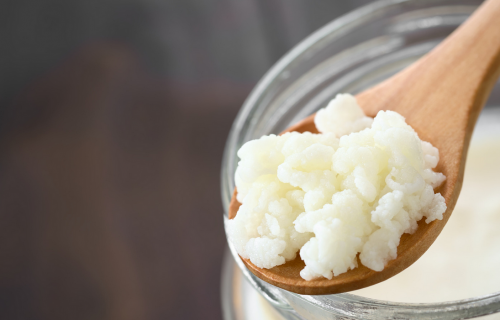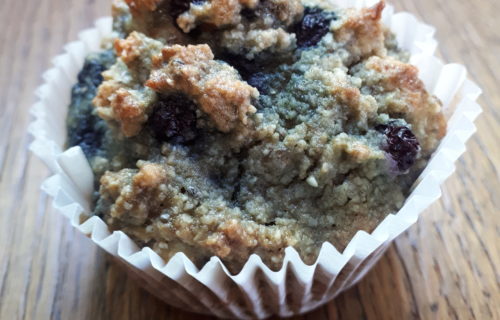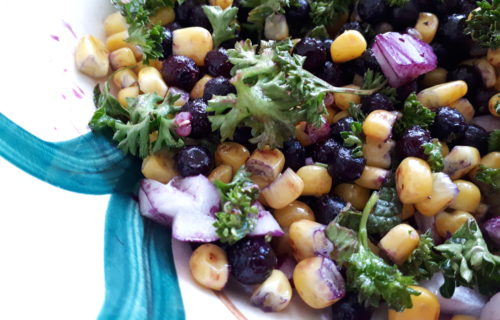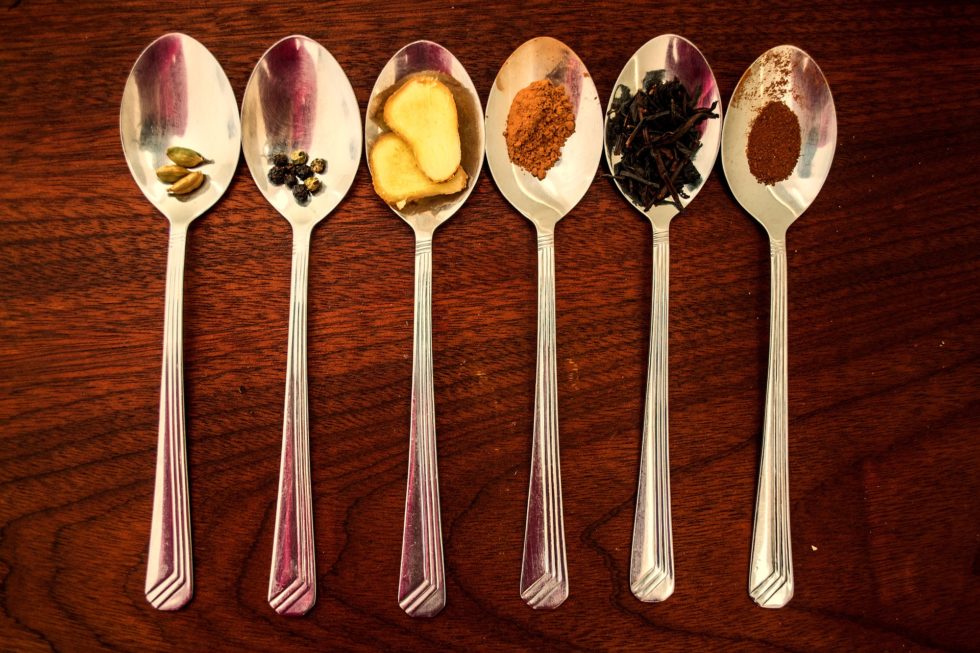
Comfort Chai Tea
If you’ve ever been to India, you know that chai tea is served everywhere. And for good reason – chai tea is known to increase circulation, reduce inflammation, boost your immune system, and much more. Chai tea contains numerous herbs known to reduce the bad bacteria in your digestive tract and stimulate your digestive fire.
I drink this delicious chai tea almost every day throughout the fall and winter. I highly recommend it for preventing and treating winter colds. It is incredibly warming and comforting – perfect for those cold, snowy days.
Chai tea can consist of many different combinations of aromatic herbs and spices. I’ve been perfecting this recipe for a while and I dare say it is damn good. You can definitely remove or change the quantities of some of the ingredients to suit your taste buds. If you don’t have these ingredients whole, you can used powdered herbs (about half to a quarter of the amount of what is listed).
Ingredients
- 1 Tbsp. chopped ginger (again you can play around with the amount). You can smash it up in a mortar and pestle if you have one.
- 1 small stick of cinnamon
- 1 tsp whole cloves
- 1-3 bay leaves (depending on freshness)
- 1/2-1 tsp cardamom pods
- 1-2 whole nutmegs
- 1 star anise or 1/2 tsp fennel seed
- 1/2 tsp whole black peppercorns
- 1/2 Tbsp. black tea (optional)
- 2 cups milk (up to you what type)
- 2 cups of water
- 1-3 Tbsp. sweetener (your choice – sugar, honey, maple syrup, agave) (optional)
Directions
- Place all ingredients except sweetener in a pot.
- Bring to a low boil. Watch that it doesn’t boil over.
- Reduce heat and let it simmer for 25 minutes.
- Add sweetener and let cool until it is at the right temperature for you to drink.
- Strain and drink. 🙂 Enjoy with ice in summer months!
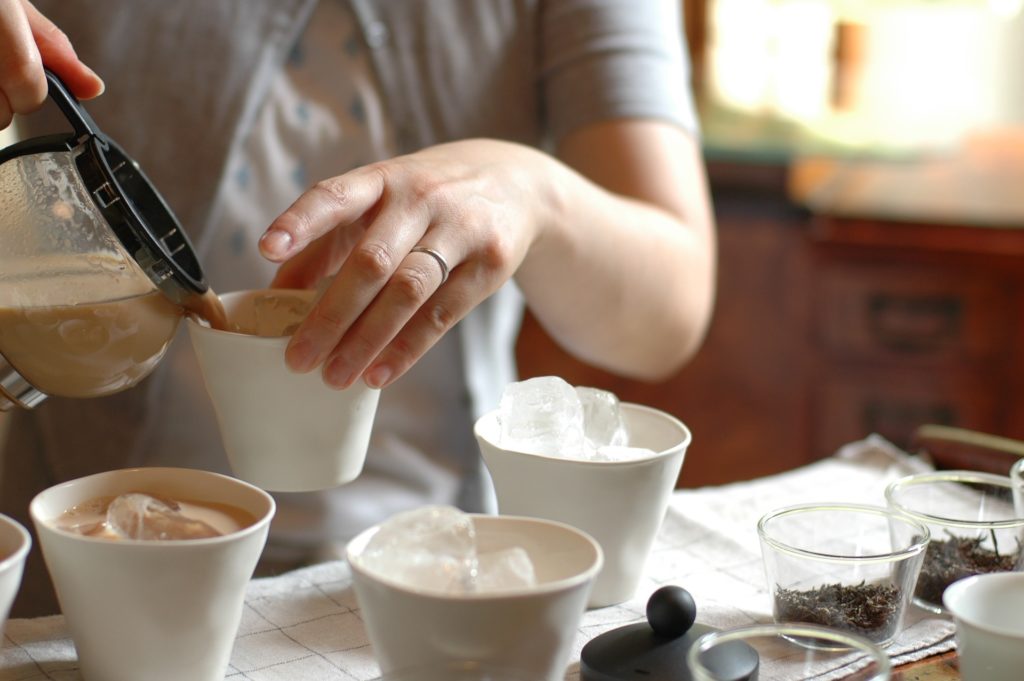
You can use those boiled ingredients once more. After you strain out your drink, simply give the ingredients and the pot a quick rinse. Put the ingredients back in the pot and fill with 2 cups of water. Throw it all in the refrigerator until you are ready to make another batch of chai. Simply add the milk and simmer. This second batch won’t be quite as strong, but is still super tasty. I’ve even used the same ingredients three times.
What about chai tea from tea bags? While not quite as good as the stuff made with whole ingredients, pre-packaged chai tea is still wonderful for your health. You can find it in all kinds of combinations like Chai roobois, chai green tea, double chai and more. Stay clear of those chai lattes. They are made with sugary syrup and don’t have the same benefits of real chai.
Going further: Chai tea has been used traditionally to disguise less tasty herbal medicines. Try it with a bit of sustainably harvested chaga, dandelion root, or echinacea.
Resources
Mandal, Shayamapda et al. “In Vitro Antibacterial Activity of Three Indian Spices Against Methicillin-Resistant Staphylococcus Aureus.” Oman Medical Journal 26.5 (2011): 319–323. PMC. Web. 7 Oct. 2017.
Platel K, Rao A, Saraswathi G, Srinivasan K. “Digestive stimulant action of three Indian spice mixes in experimental rats“. Nahrung . 2002;46:394 Y398.
Salah, Hêro. (2012). “Antibacterial Effect of Seed Extracts of Cardamom (Elettaria cardamomum) against Staphylococcus aureus and Proteus mirabilis.” Tikrit Journal of Pure Science. 17. 14-18.

